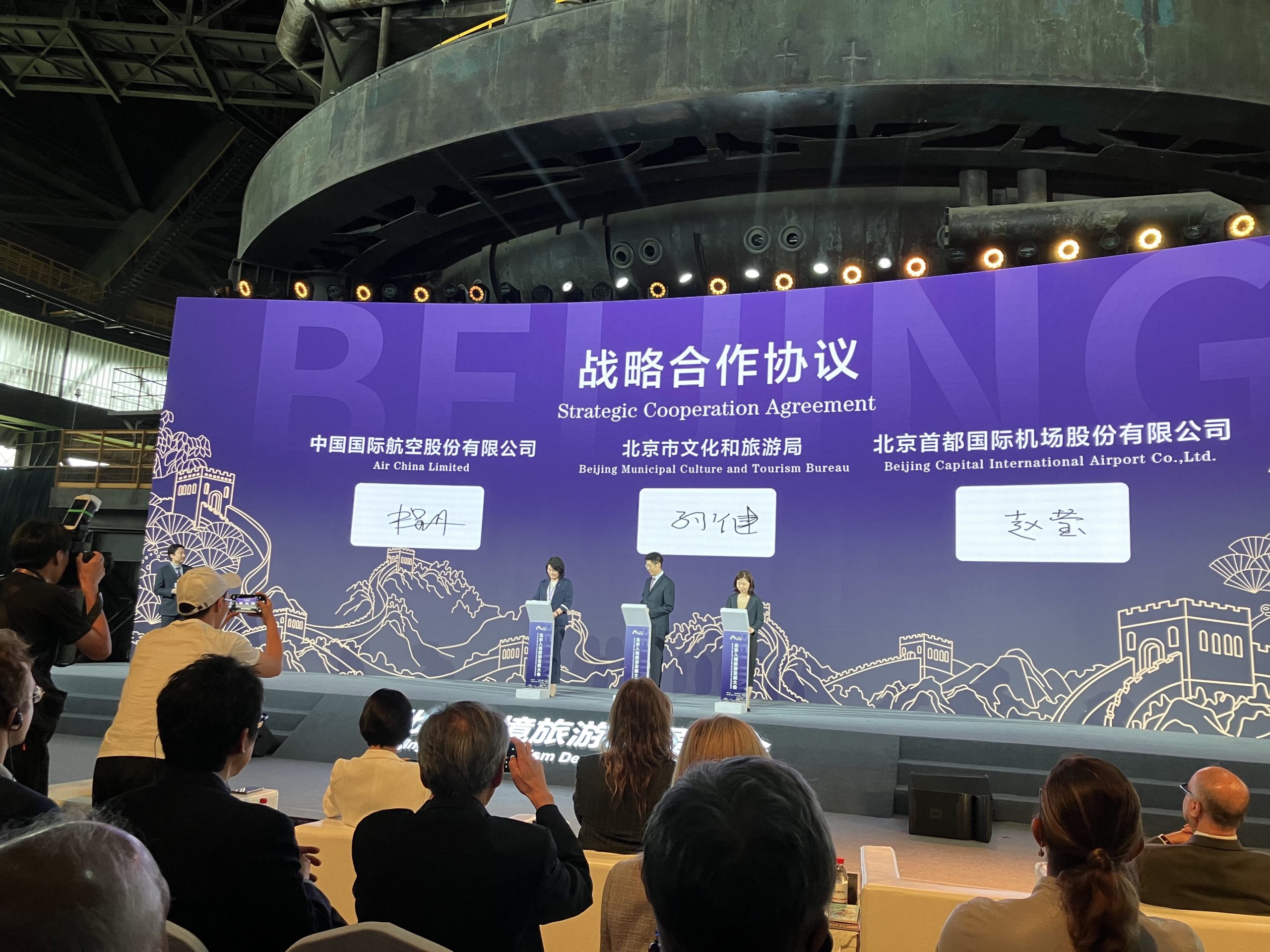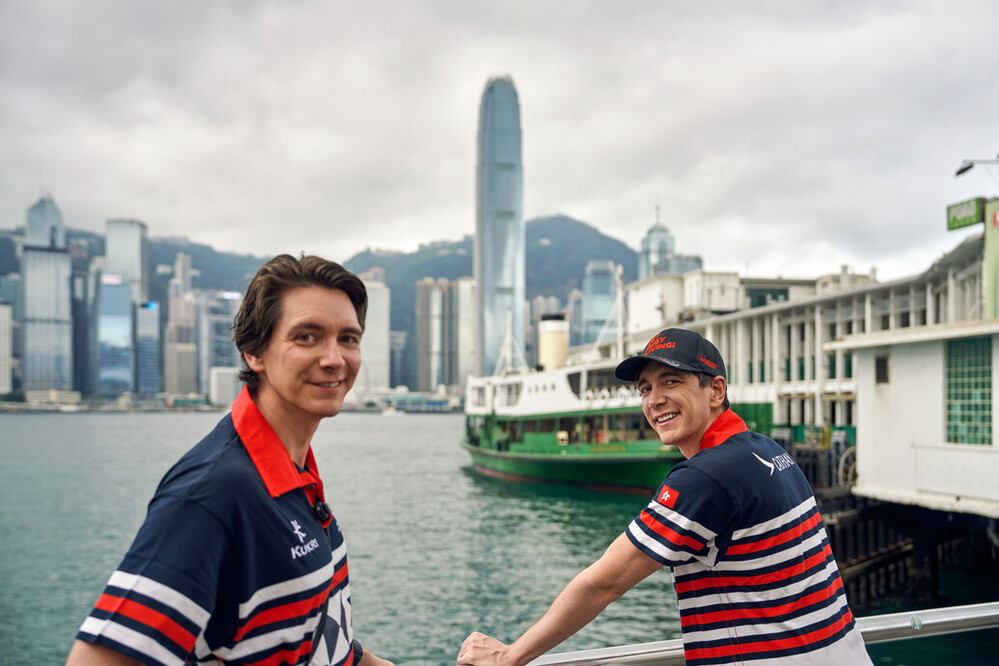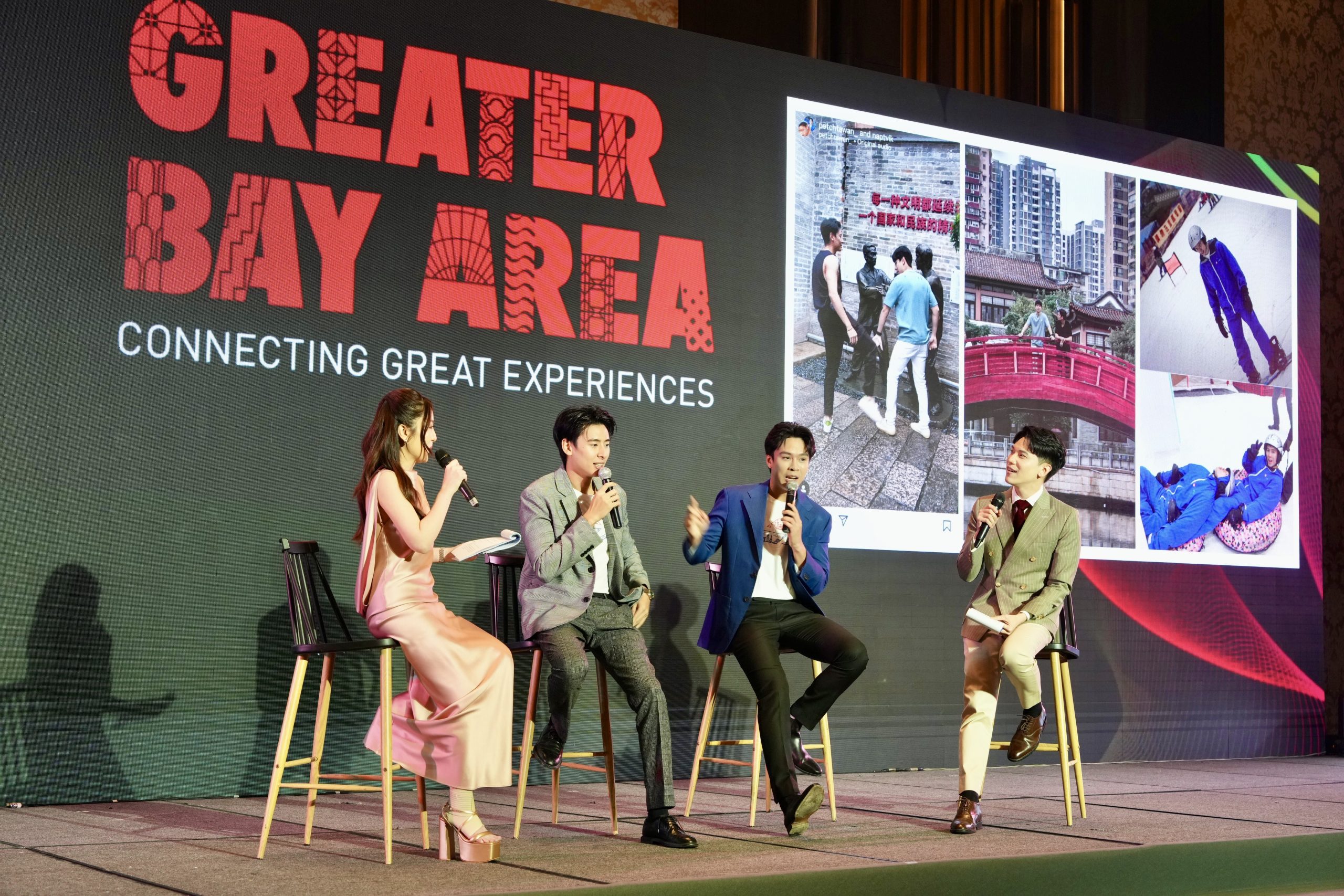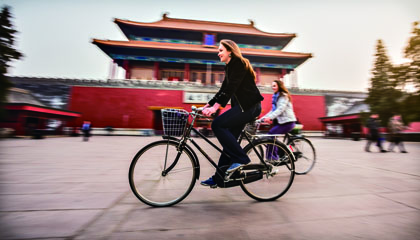
Construction cranes and the bulldozer are all too familiar sights for groups travelling through China’s main cities as growth continues apace. Amid the rapid infrastructure development, however, gems of architectural heritage can still be found and are finding new life as luxury hotels that fondly recall another era.
Brands such as the Mandarin Oriental and Waldorf Astoria have even established a presence within or adjoining Beijing’s hutongs – the alleyways with courtyards near the Forbidden City.
The Fairmont Peace Hotel along The Bund in Shanghai welcomed former US president Barack Obama who was visiting the city recently. His tour of the historic property took in the 1920s ballroom and entertainment from the legendary Peace Hotel jazz band.
The Bund’s livery of hotels with a historic character extends to the Waldorf Astoria on The Bund, The Peninsula and – for a deep dive into Shanghai’s concession-era history – the Astor House Hotel, across from the Russian consulate, which dates back to 1846. Albert Einstein and Charlie Chaplin are noted among the illustrious past guests.
After making its debut this year, Bulgari Hotel Shanghai is continuing to meet the heritage-hotel trend. While the main hotel occupies the upper floors of a 40-storey tower, it adjoins the Shanghai Chamber of Commerce building, which dates back to 1916 and houses the 480 sqm Bulgari Ballroom. Meeting rooms are located in the second level of the main hotel building
Bulgari has a sister property in Beijing, north of the Saniltun shopping and nightlife zone, and in the diplomatic quarter.
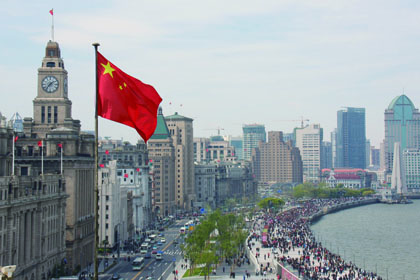
Where the main drag of The Bund ends, and on the other side of Suzhou Creek, modern – but no less intriguing architecture takes shape. W Shanghai – The Bund opened as part of a modern office and retail complex overlooking Huangpu River. Other new openings in the contemporary vein include St Regis Shanghai Jing’an, the J-Hotel Shanghai from Jin Jiang Hotels and the Shimao Wonderland Intercontinental on the outskirts of the city, one of those ambitious only-in-China projects, where the hotel will be built in a former quarry.
Among the most intriguing of the new Shanghai arrivals is the Capella Shanghai Jian Ye Li, described as an all-villa resort right in the heart of the key heritage district, the former French concession. The French-style villas are known as shikumen, and were built by a French real estate company back in the 1930s. The project will include 55 villas, another 40 luxurious residences along with a library, spa, brasserie and boutiques.
Shanghai has strict limitations on converting the stone buildings that flank the Bund; their relatively modest size also makes them impractical for larger hotel chains, so most have been converted to restaurants, jewellery stores or luxury boutiques.
The 235-room Peninsula Shanghai was the first new building to be constructed there in 60 years, with the Hong Kong-based group trusted to do a sensitive job of blending in. Its Rose Ballroom can accommodate up to 750 guests for cocktails and has its own dedicated elevator that can handle vehicles, or other large equipment, for product launches.
Generally, there is little room for inns along this stretch, so newcomers have to settle for spots a little back from the Bund, in tower blocks. The site of the Edition hotel is one such example, located in a refurbished high-rise building. The hotel will also make use of a neighouring art-deco building, with a podium connecting the two areas.
In Beijing, Raffles has been rebranded to Beijing Hotel NUO Wangfujing, which adds to the first NUO located in the north of the capital. The luxury brand was introduced by the state-owned Beijing Tourism Group and developed with Kempinski with an eye on developing it overseas as a chain emphasising both classic and contemporary Chinese art.
Swinging Shanghai
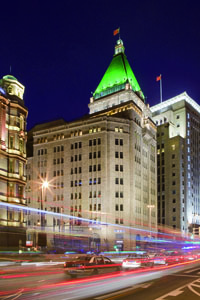 One idea is to secure one of these atmospheric venues for a Swinging Shanghai party, recreating the mood, and feel, of the 1920s and 1930s when it was famed for its hedonistic, carefree ways, with characters that included stylish Chinese and wayward expatriates.
One idea is to secure one of these atmospheric venues for a Swinging Shanghai party, recreating the mood, and feel, of the 1920s and 1930s when it was famed for its hedonistic, carefree ways, with characters that included stylish Chinese and wayward expatriates.
Almost all these characters could be found, at one time or another, at the old Peace hotel, now operating as the 270-room Fairmont Peace Hotel and in fine refurbished fettle. It has 1,880 sqm of meeting space – plus an outdoor terrace – and a ballroom which once hosted some of the ritziest parties in Asia, now restored to its former glory, with art-deco detailing, crystal chandeliers, and the original sprung maple dance floor, polished to gleaming levels.
Beijing Incentive ideas
Bespoke Beijing offers organised tours for small groups that range from motorcycle sidecar jaunts to visits to Western-operated bars and restaurants that have their own unique character.
Since its renovation in late 2016, Peninsula has also revamped its menu of offbeat, or stimulating, cultural options in its Peninsula Academy programme. Among them is The Art of Kung Fu where a graduate of the renowned Shaolin School teaches participants the basics of the martial art. The final flourish is a slap-up lunch at the Huang Ting, the flagship Chinese restaurant.
The 798 art district of the city has become one of the major tourist attractions in the space of a few short years. The novelty is seeing art in Bauhaus-style former factories that were built originally by East German architects and used to make armaments. The high ceilings and exposed brick walls are perfect for showcasing contemporary art – or hosting functions. The Ullens Centre for Contemporary Art is the largest gallery, bankrolled by Belgian Guy Ullens, with scores of smaller galleries, boutiques and coffee shops dotted around the streets.
Shanghai Incentive ideas
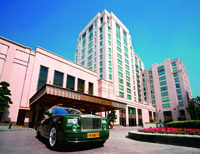 Thanks to China’s new high-speed rail system, opportunities for a post-conference excursion or incentive tour of cities such as Hangzhou, Ningbo and Suzhou. Bullet trains make the 200km journey to Hangzhou, for instance, in just an hour.
Thanks to China’s new high-speed rail system, opportunities for a post-conference excursion or incentive tour of cities such as Hangzhou, Ningbo and Suzhou. Bullet trains make the 200km journey to Hangzhou, for instance, in just an hour.
For seeing Shanghai in elegant style, it’s hard to beat a chauffered Rolls-Royce. The Peninsula Shanghai has a fleet of the whisper-quiet British limousines, including a 1934 Phantom II and four extended wheelbase Phantoms and a couple of custom-made Mini Cooper S cars. The hotel also offers cruises along the river in its private yacht.
Another plan, in food-obsessed Shanghai, would be to organise a selective tour of the Michelin starred restaurants in the city. The highest rated, with three stars, is T’ang Court, with a total of seven restaurants rated at two stars, and 18 making the one-star level.
The problem is that most of the most sought-after restaurants are on the Puxi side which, for delegates staying in Pudong, involves a tunnel trip, by bus, underneath the river. Traffic is unpredictable, meaning that a relatively short journey can take a long time in rush hour jams.
Still, it is worth considering, as Shanghai is without a doubt the most happening Chinese city cuisine-wise. Among the top tables are Mr and Mrs Bund, Hakkasan Shanghai and Whampoa Club Cuisine.
SHANGHAI HOTEL UPDATES
Hilton Garden Inn Shanghai Hongqiao
The 226-room Hilton Garden Inn Shanghai Hongqiao was the first property under the Hilton Garden Inn brand in the city when it opened its doors in April 2017. The hotel’s location in the Hongqiao CBD places it in close proximity to the city’s second airport, Hongqiao, which is about a ten-minute drive away, while the National Exhibition and Convention Centre and Shanghai Yintao Golf Club are also nearby.
St Regis Shanghai Jingan
The ninth property in Greater China from St Regis Hotels and Resorts, the St Regis Shanghai Jingan is the brand’s only one in China’s major eastern city (Hainan Island alone has four). The property is located in one of the prime business and cultural districts in the city, Jingan, in walking distance of the Shanghai Natural History Museum and near to the 400-year-old Yu Garden. This also places it closer to Shanghai’s less-prominent Hongqiao Airport (about 30 minutes away) than the major international airport, Pudong (one hour away).
Melia Shanghai Hongqiao
Located about five minutes from the NECC, the hotel markets itself as more of a mixed business and leisure (or b-leisure) hotel than an entirely MICE-focused one. Perhaps most noteworthy about the hotel are its more traditionally styled Garden Villas, measuring around 400 sqm and featuring, as their name suggests, a 200 sqm garden terrace.
